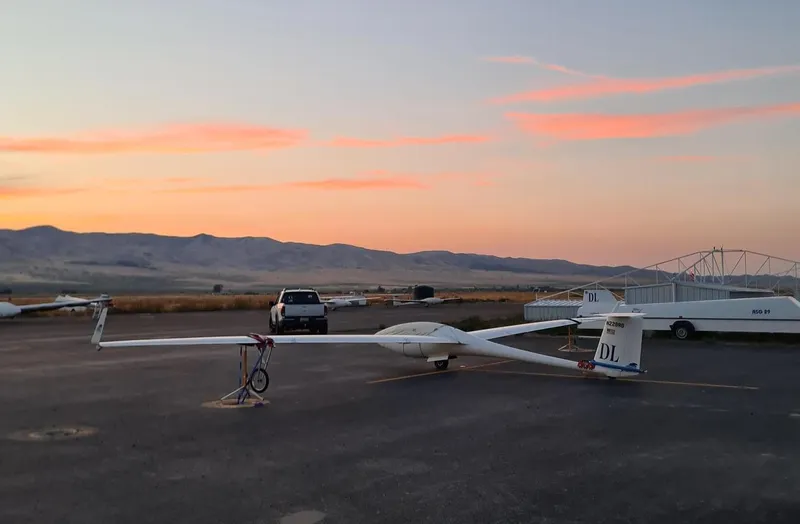Weight & Wing Loading

How heavy did the glider pilot fly who overtook me under the cloud street? Was he just a lot heavier than me or did he hit the line better? Do other pilots fly heavier than me with the same glider in good weather conditions?
You can now find the answers to these questions in WeGlide. After uploading a flight you can enter the weight you were flying at. The corresponding wing loading is then automatically displayed on the flight page.
You can also enter the takeoff weight for your old flights by going to the relevant flight and then to the edit symbol (a blue pencil). If you threw your water during the flight, you can let others know in the comments.

How does that help you? The wing loading indicates how many kilograms of weight each square meter of wing surface carries. A higher wing loading shifts the polar, you climb less well in thermals, but you have less sink than a lighter glider in straight flight at higher speeds.
On the one hand, the new feature shows you with which wing loadings other pilots were flying. Perhaps you realize that a particular pilot climbed very badly in weak morning thermals, but was then very fast in the afternoon in the part of the flight that counts for the gliding league.

The feature can also be helpful for your own flights. You can save how heavy you flew. If you then analyze your flights at some point, you may be able to find out better which wing loadings you can cope with in which weather conditions. You can find an example flight where I entered my takeoff weight here.
Outlook
Takeoff weight and wing loading will also be integrated into the statistics list in the coming weeks. You can then see at a glance, with which wing loading you have flown which circle radii on different flights, or from what weight you need more search circles.
You can read more about the statistics list here.
